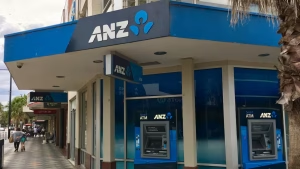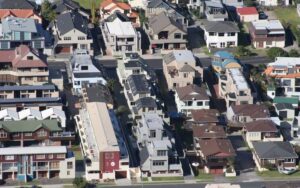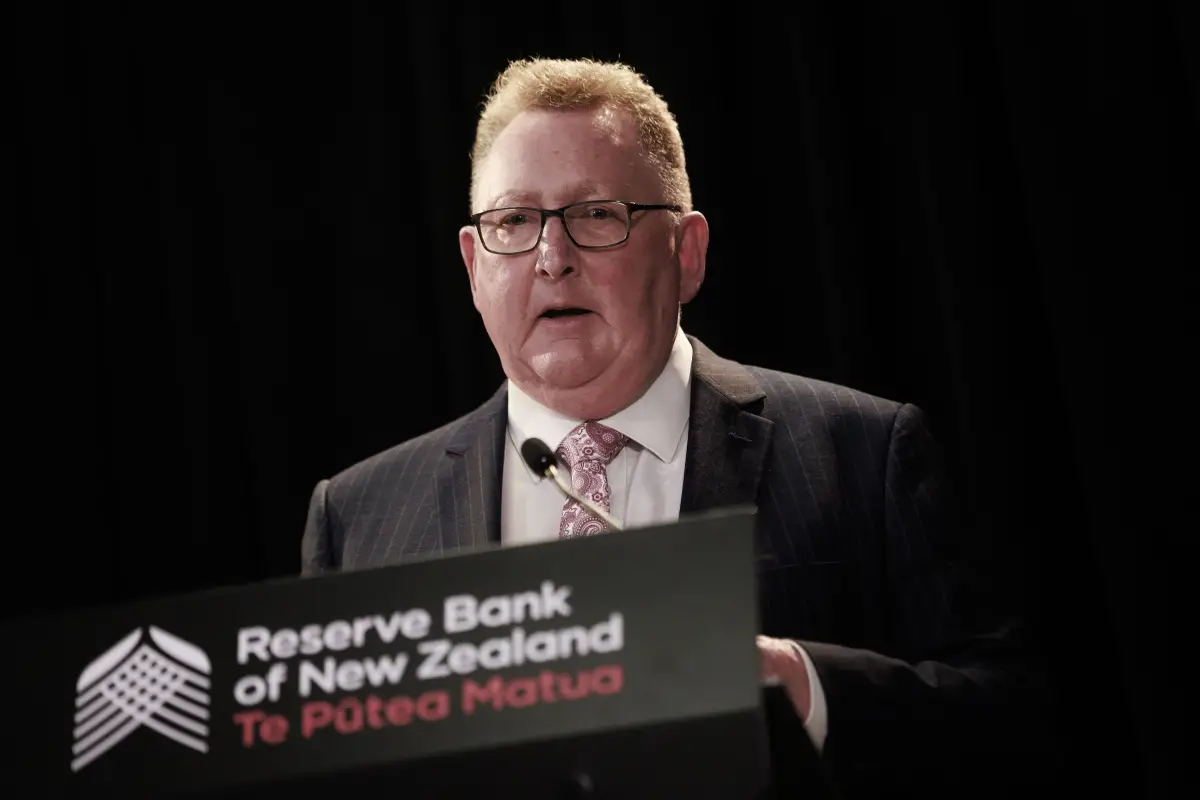The Reserve Bank of New Zealand (RBNZ) will announce its next decision on the Official Cash Rate (OCR) next week. Economists have various predictions and expectations, which could have significant implications for the economy.
Predictions and Economic Conditions
BNZ economists predict a 25 basis points (bps) cut in the OCR, arguing that “inflation is under control, but the economy is struggling. Delaying action could worsen the economic pressures.”
Kiwibank’s chief economist, Jarrod Kerr, says unemployment is rising, and economic confidence is at low levels, suggesting the country is effectively in a recession. He described the upcoming RBNZ meeting as “the economist’s Superbowl” due to its importance.
Kerr believes the current monetary policy is too restrictive and has caused significant hardship for households and businesses. He recommends cutting the OCR to 2.5% over the next few meetings, aiming for a neutral setting to stimulate the economy. However, he acknowledges that the RBNZ might not act immediately next week.
Current Economic Indicators
Kiwibank and other analysts note that almost all economic data have fallen short of expectations, with rising unemployment and low confidence levels. This situation calls for easing monetary policy to prevent further economic decline.
RBNZ’s Potential Actions
Despite the pressing need for action, there are concerns about the RBNZ’s credibility. Switching from discussing potential rate hikes to making cuts within a few months could pose a challenge. However, many experts expect the RBNZ to begin cutting rates later this year.
Westpac’s Perspective
Westpac’s chief economist, Kelly Eckhold, also sees weaker economic activity and expects the RBNZ to start reducing restrictions in their October review. He anticipates the OCR will drop to 5.25% in October, with further reductions to 5% by the end of the year and 4.5% by May 2025. Westpac predicts the OCR will eventually reach 3.75% in early 2026, though they expect a gradual easing rather than a rapid one due to lingering inflation.

Impact on House Prices
BNZ chief economist Mike Jones predicts a 3% increase in house prices in the second half of this year, followed by a 7% rise next year. However, different scenarios could affect this forecast. For example, if house prices grow faster than expected, affordability could decrease significantly. Early OCR cuts in 2024 might slightly improve affordability. Conversely, if household incomes grow steadily and house prices remain flat, affordability could return to pre-Covid levels.
Jones cautions that stretched affordability, high mortgage rates, and a weakening labor market are likely to limit significant gains in house prices next year.
In summary, the RBNZ’s upcoming decision on the OCR will be closely watched, with potential rate cuts aimed at easing economic pressures. However, the pace and extent of these cuts will depend on how quickly inflation pressures ease and broader economic conditions evolve.


